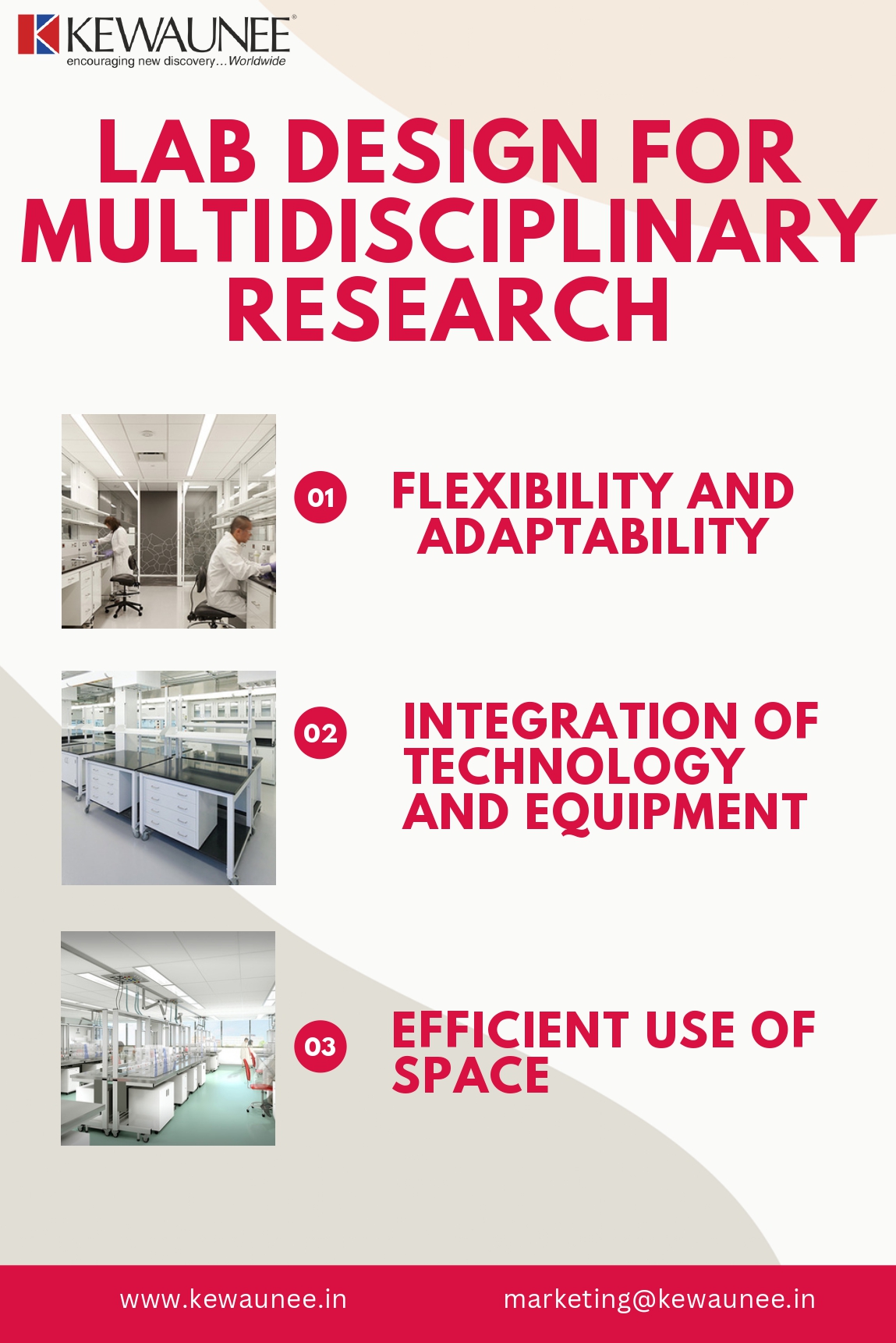Lab Design for Multidisciplinary Research
As the trend of multidisciplinary research continues to grow, it is increasingly important to consider the impact that lab design has on the success of these projects. A well-designed lab can play a crucial role in facilitating collaboration, promoting efficiency, and ensuring the safety of researchers and staff.
In this blog, we will explore the importance of lab design in multidisciplinary research and the key considerations for planning and designing a lab that supports this type of research.
Understanding Multidisciplinary Research
Multidisciplinary research is a collaborative approach to scientific investigation that brings together experts from different fields to work on a common project. This type of research can offer a number of advantages, including increased creativity, greater cross-disciplinary collaboration, and the ability to address complex research questions.
However, multidisciplinary research also presents some unique challenges, including the need for adequate space and resources for different disciplines and the importance of enhancing cross-disciplinary communication and collaboration.
The Role of Lab Design in Facilitating Multidisciplinary Research
Lab design plays a crucial role in facilitating multidisciplinary research. A well-designed lab can create an open and collaborative workspace that encourages communication and collaboration among researchers from different disciplines.
This can be achieved through the use of shared workstations, open floor plans, and the integration of technology and equipment that supports cross-disciplinary research. Additionally, a well-designed lab should provide adequate space and resources for different disciplines, ensuring that each team has access to the tools and equipment they need to perform their research.
Key Features of a Multidisciplinary Lab Design
There are several key features that can help to create a successful multidisciplinary lab design. These include:
- Flexibility and adaptability: A lab design that is flexible and adaptable can accommodate the changing needs of a multidisciplinary research team. This can be achieved through the use of modular furniture and the incorporation of space-saving design elements, such as movable walls and compact equipment.
- Integration of technology and equipment: In a multidisciplinary research environment, it is important to integrate technology and equipment that supports cross-disciplinary collaboration. This can include shared workstations, advanced communication technologies, and equipment that is compatible with the tools and systems used by different disciplines.
- Efficient use of space: In order to maximize the efficiency of a multidisciplinary research lab, it is important to make the best use of available space. This can be achieved through the use of modular furniture and efficient storage systems, as well as the careful placement of equipment and workstations to minimize congestion and improve circulation.
Considerations for Multidisciplinary Lab Design and Planning
When planning and designing a lab for multidisciplinary research, it is important to consider several key factors, including:
- Budget and available resources: The budget and resources available for the lab design project will impact the scope of the project and the types of design elements that can be incorporated.
- Type and size of the research team: The size and composition of the research team will influence the size and layout of the lab, as well as the types of technology and equipment that are needed.
- Compliance with regulations and standards: In order to ensure the safety of researchers and staff, it is important to comply with all relevant regulations and standards for laboratory design and construction.
Conclusion
In conclusion, the design of a laboratory plays a crucial role in the success of multidisciplinary research projects. By creating an open and collaborative workspace, providing adequate space and resources for different disciplines, and incorporating key design elements, such as flexibility and efficient use of space, lab
Comments are closed.











